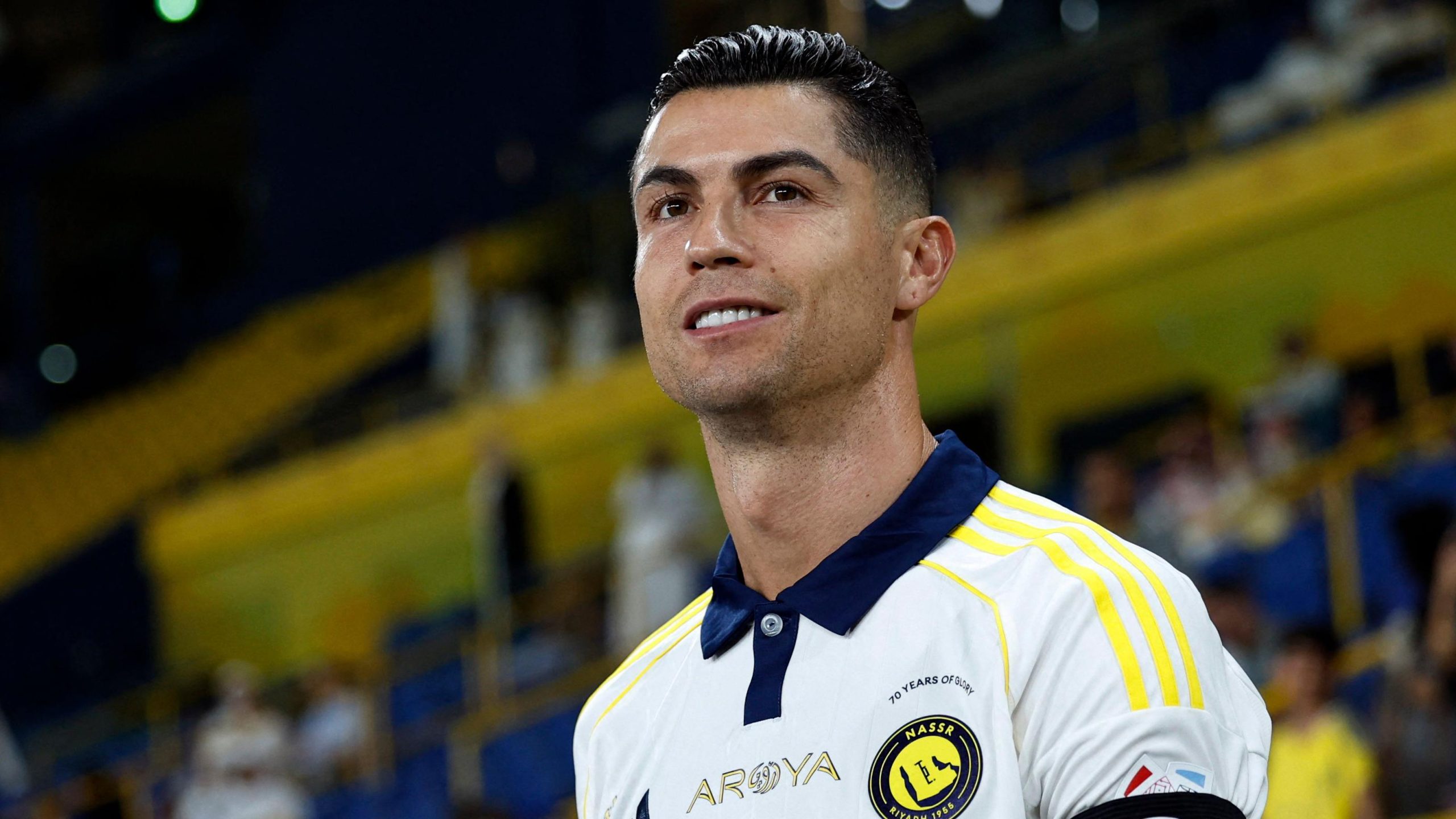Cristiano Ronaldo and the Echo of Boos in Rival Stadiums
Cristiano Ronaldo is celebrated worldwide for his unmatched dedication, relentless drive, and legendary footballing achievements. Yet, behind the glory lies another story: the story of boos echoing through rival stadiums every time he touched the ball. Far from being just noise, these boos became a constant backdrop to his career, shaping the way he played, reacted, and ultimately built his legacy.
The phenomenon of Cristiano Ronaldo boos is not a footnote but an essential layer of his journey. For many fans, booing is a way of expressing rivalry, dislike, or even respect through intimidation. To understand Ronaldo’s greatness, one must also understand how he thrived amid the hostility of thousands of voices united against him.
The Early Experiences of Being Booed
The first encounters with boos did not happen under the global spotlight. As a child in Madeira and later a young professional at Sporting CP, Ronaldo experienced the competitive edge of rival fans. His flashy dribbles and fiery confidence often provoked irritation from opposing supporters, who saw his swagger as arrogance.
These early experiences mattered because they trained him to endure pressure and respond with performance rather than retreat. The boos were not yet deafening, but they laid the foundation for his resilience. This was the groundwork for what awaited him in England, where the volume and hostility would multiply.
Sporting CP and Early Rival Fans
At Sporting CP, Ronaldo’s rise was rapid and spectacular. Rival fans often mocked his step-overs and theatrics, interpreting his style as overconfidence. While still a teenager, he learned that brilliance attracted both admiration and resentment. The boos at Sporting’s away games reminded him that flair was both a gift and a magnet for criticism.
This environment prepared him for the next step: the Premier League. The moment he signed for Manchester United, Ronaldo entered a football culture where opposition fans embraced booing as a weapon, making every away game a mental and emotional battle.
The Premier League Cauldron
The Premier League is famous for its intensity, not only on the pitch but also in the stands. For Cristiano Ronaldo, boos became a soundtrack to his development in England. The hostility he faced was partly due to his extravagant style of play, but it intensified after controversial moments—such as the 2006 World Cup incident with Wayne Rooney—that painted him as a villain in English eyes.
Opposition fans from Chelsea, Liverpool, and Arsenal took special delight in booing him relentlessly. Yet, rather than breaking him, the pressure forged him into a stronger competitor. The more he was booed, the more determined he became to silence the critics with goals, trophies, and unforgettable performances.
Ronaldo vs. Hostile English Crowds
English crowds are notoriously passionate, and Ronaldo became one of their favorite targets. Every away game seemed to unite rival supporters in a chorus of disapproval. They booed his dribbles, mocked his celebrations, and jeered whenever he fell under challenges.
However, Ronaldo responded not with anger but with excellence. He scored crucial goals at Stamford Bridge, produced dazzling moments at Anfield, and lifted titles despite the noise. The boos were meant to intimidate, but they only pushed him to prove doubters wrong. These years prepared him for the even bigger storm in Spain, where the rivalry with Barcelona would redefine his career.
The Spanish Spotlight and El Clásico
When Ronaldo moved to Real Madrid in 2009, the scale of hostility reached new heights. Spanish football, particularly El Clásico, thrives on passion, tension, and fierce tribalism. For Ronaldo, the boos at Camp Nou were not just loud—they were deafening.
Every touch of the ball was met with jeers from Barcelona fans. Yet, this was also where Ronaldo produced some of his most iconic performances. The intensity of El Clásico fueled his determination, turning boos into a driving force that pushed him to score decisive goals and celebrate defiantly in front of hostile crowds.
Camp Nou: The Loudest Boos
Few experiences matched the wall of sound at Camp Nou when Ronaldo played there. Tens of thousands of Barcelona fans expressed their hostility in unison, trying to unsettle him. But rather than crumble, Ronaldo seemed to thrive in these moments. His famous celebration of silencing the crowd with a “calm down” gesture after scoring is a testament to his response.
Paradoxically, the louder the boos, the more spectacular his performances often were. The same hostility that aimed to diminish him instead enhanced his legend. Yet the drama did not end at the club level. On the international stage, boos followed him to stadiums across Europe and beyond.
International Boos: Portugal on the Global Stage
Wearing the Portugal shirt, Ronaldo became a symbol of national pride but also a target for rival nations’ fans. At Euro 2004, World Cup tournaments, and Euro 2016, boos were constant companions. Supporters of opposing teams jeered him in an attempt to distract, unnerve, or provoke him.
Statistics underline the irony: despite the hostility, Ronaldo became the all-time leading international goal scorer, surpassing 120 goals. His ability to perform under jeers demonstrated that boos were less a weakness and more an accelerant. Each tournament added another layer to the story of how Ronaldo turned adversity into motivation.
The Psychological Impact of Boos
Boos are not merely sounds—they are psychological weapons. For some athletes, they can disrupt focus, cause anxiety, or diminish performance. For Ronaldo, however, boos became fuel. His mindset transformed negativity into determination, showing extraordinary mental strength.
Sports psychologists often cite Ronaldo as a case study of resilience. Instead of absorbing hostility as rejection, he reframed it as recognition of his threat. The logic was simple: crowds don’t boo irrelevant players. They boo because they fear what he might do. This perception gave him an edge, enabling him to thrive under pressure rather than fold.
Boos Beyond the Pitch: Media and Online Echoes
The phenomenon of Cristiano Ronaldo boos extended beyond physical stadiums. Media narratives amplified them, framing him as either a villain or a gladiator depending on perspective. Social media further echoed the boos, with memes, debates, and criticisms adding to the noise.
In this environment, Ronaldo remained unshaken. He understood that boos and criticism were inseparable from fame. If anything, they expanded his brand and solidified his polarizing presence in football culture. Just as boos defined moments on the pitch, digital echoes shaped his legacy off it.
If you want to follow more football stories and explore a full range of entertainment, visit ยูฟ่าเบท 168 เข้าสู่ระบบ. Platforms like this not only offer deeper football insights but also entertainment options that fans can enjoy.
Modern Era: How Young Rivals Face the Same Fate
Cristiano Ronaldo’s experiences are not unique; they set a template for modern stars. Today, players like Kylian Mbappé and Erling Haaland are beginning to face similar treatment. Their talent draws admiration from supporters and hostility from rivals in equal measure.
This cycle shows that boos are almost a rite of passage for global superstars. Like Ronaldo, the new generation must learn to reinterpret jeers not as personal attacks but as signs of relevance. By doing so, they continue the tradition Ronaldo mastered: turning noise into motivation.
The Legacy of Cristiano Ronaldo’s Boos
Cristiano Ronaldo’s story cannot be told without the sound of boos. From Sporting CP to Manchester United, from Real Madrid to Portugal, every stage of his career featured hostile crowds trying to break him. Instead, their efforts made him stronger, more determined, and ultimately more legendary.
Boos were never just noise; they were a symbol of fear, rivalry, and recognition. They tested his resilience, shaped his mentality, and enhanced his performances. In the grand narrative of football, the echo of boos is not a mark against Ronaldo—it is proof of his impact.
Fans who love both the sport and its culture can also learn strategies like แทงบอลufa, which are part of the wider football ecosystem. These elements highlight how football goes beyond the pitch, blending sport, community, and entertainment.
In the end, Cristiano Ronaldo did not merely survive boos—he transformed them into applause. And that transformation is what cements his place as one of the greatest in football history.




